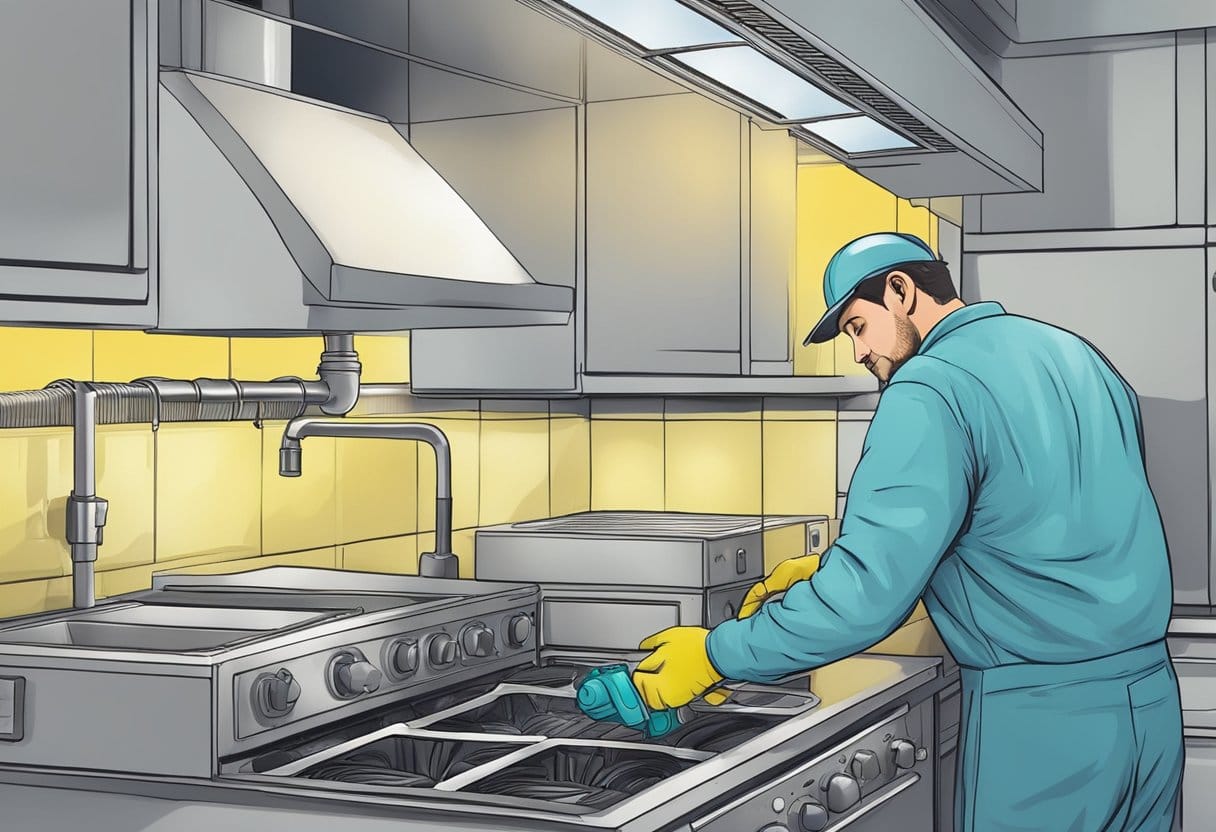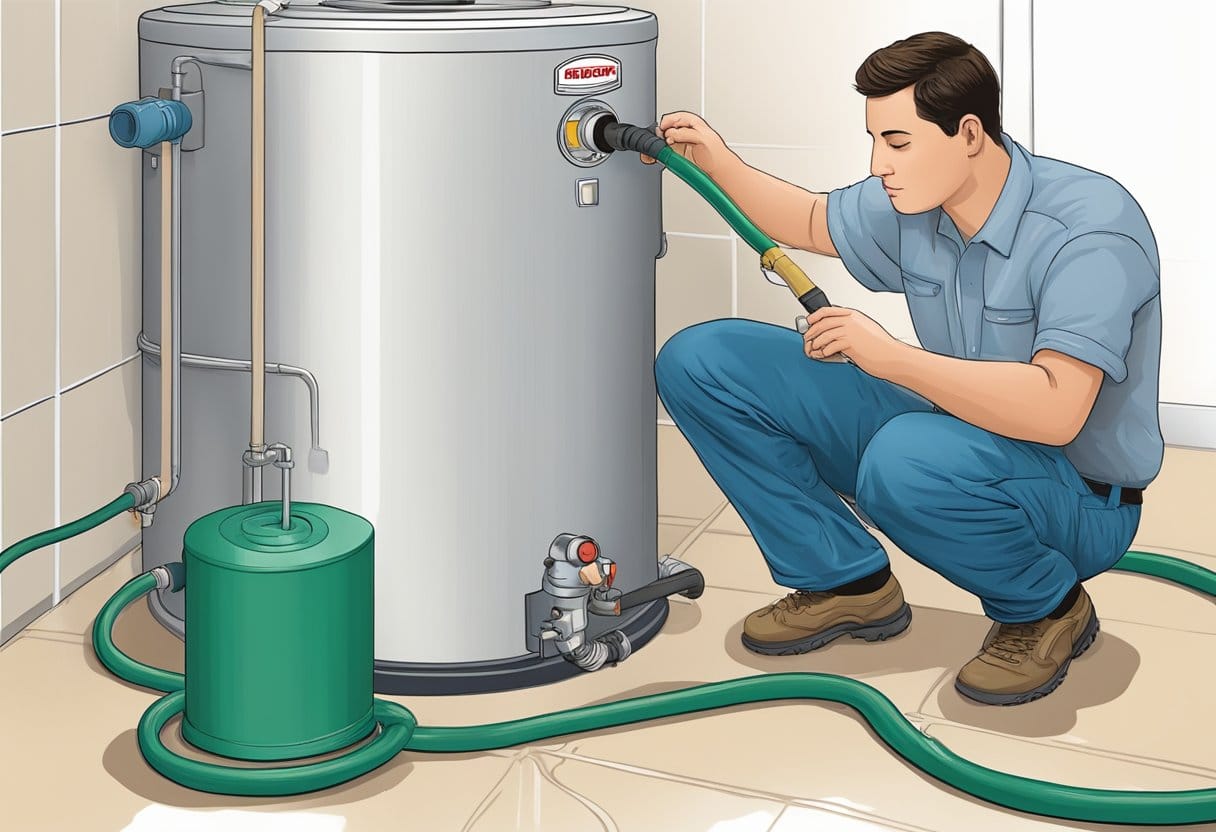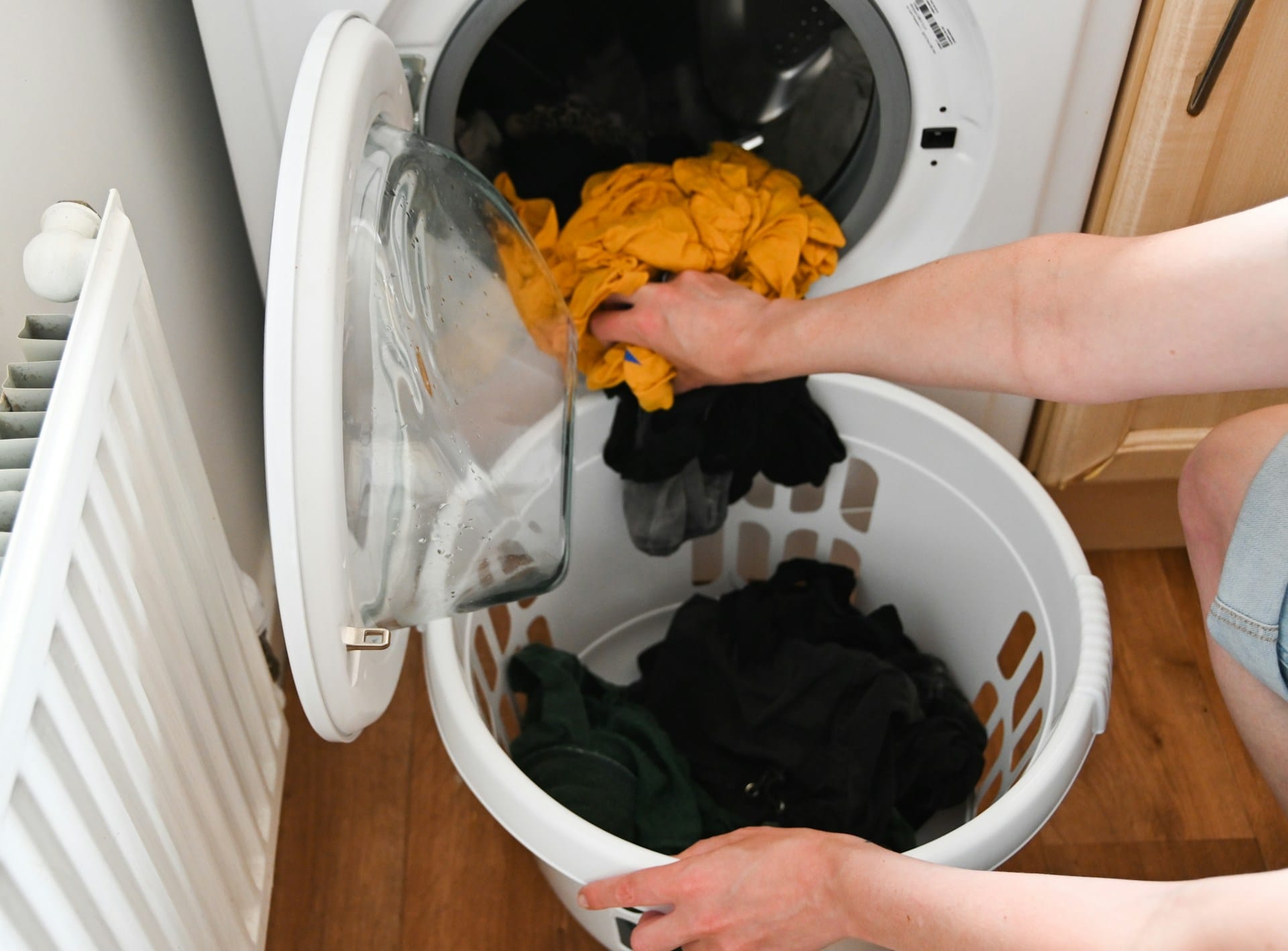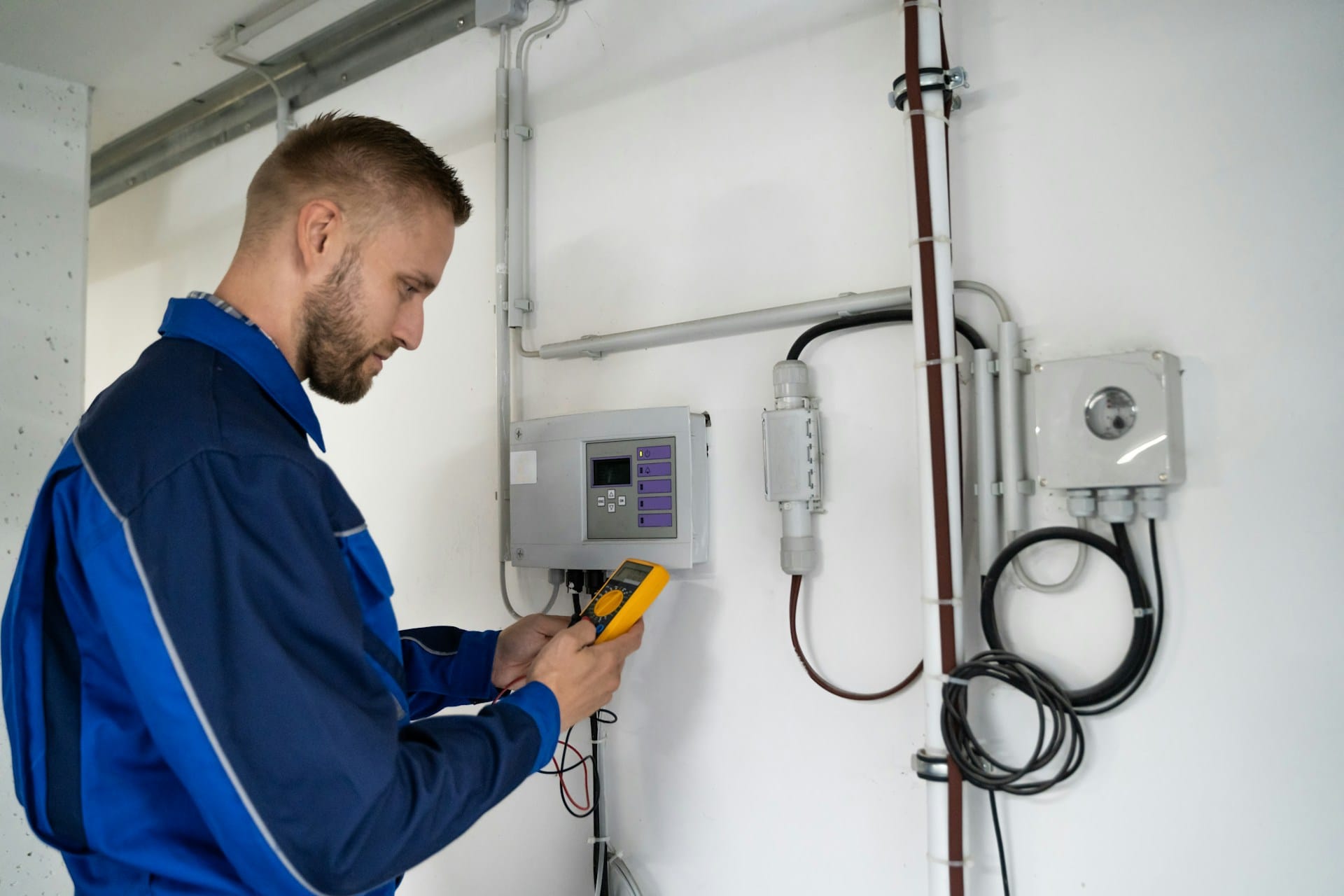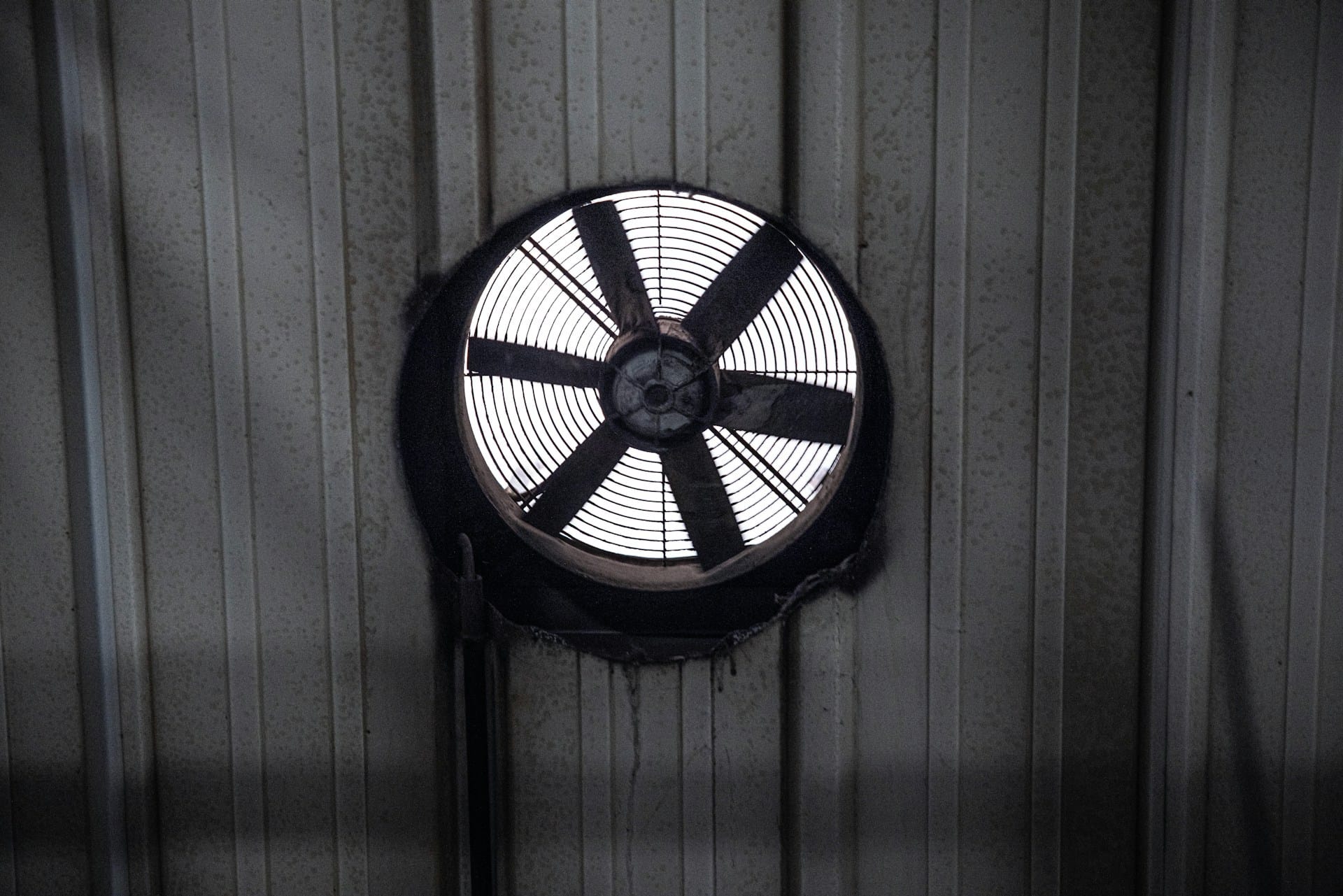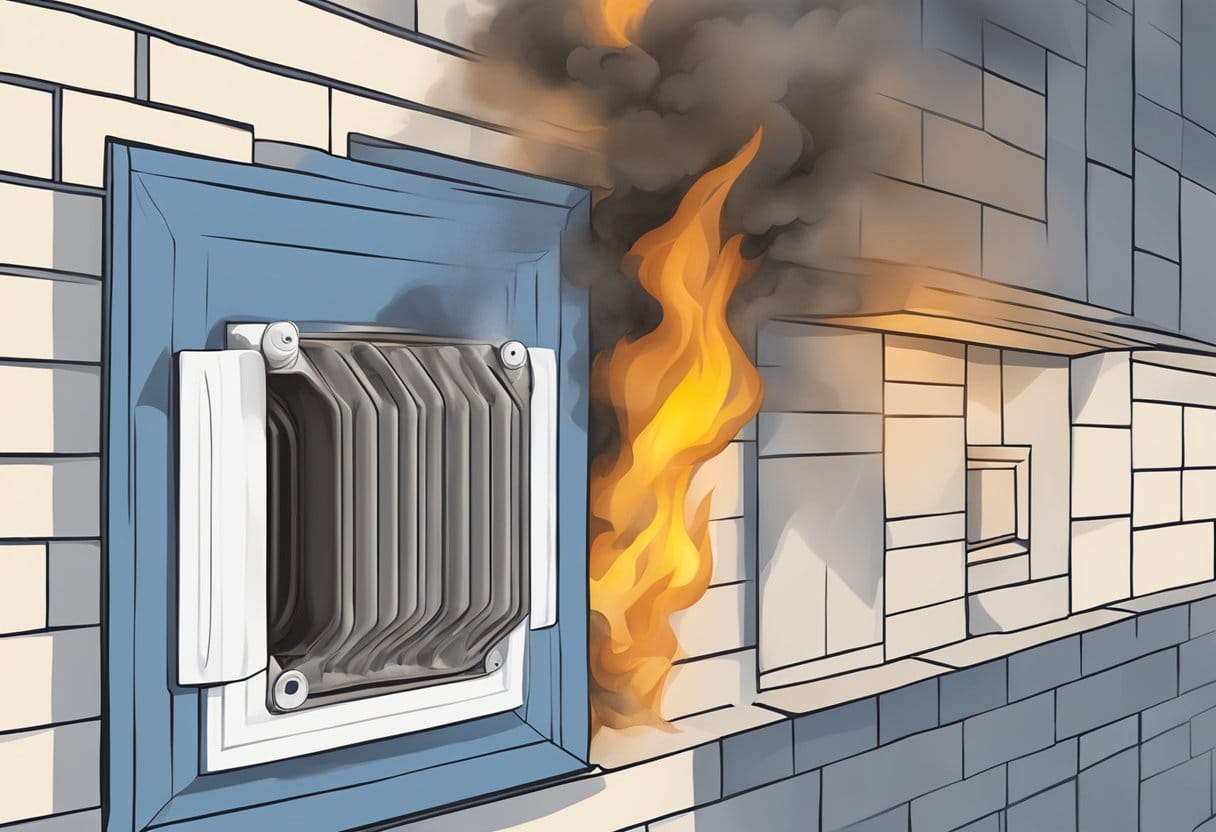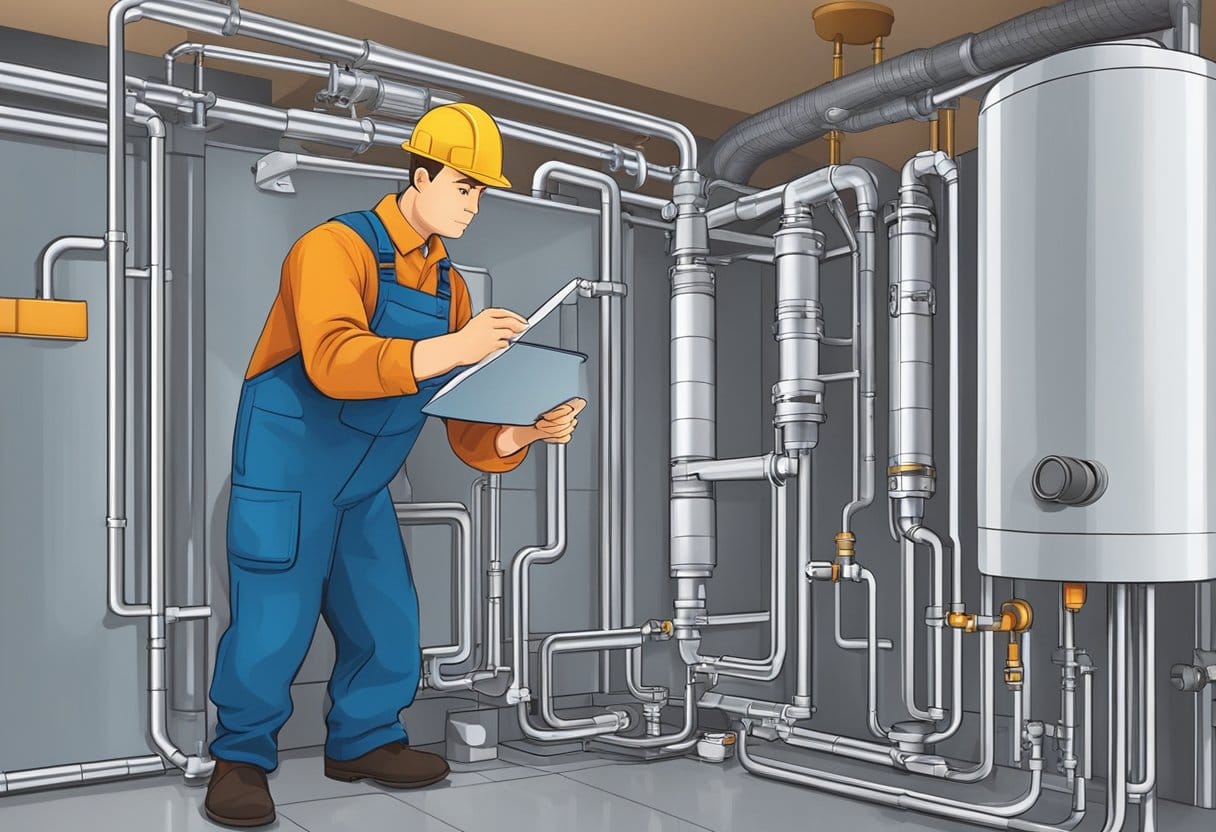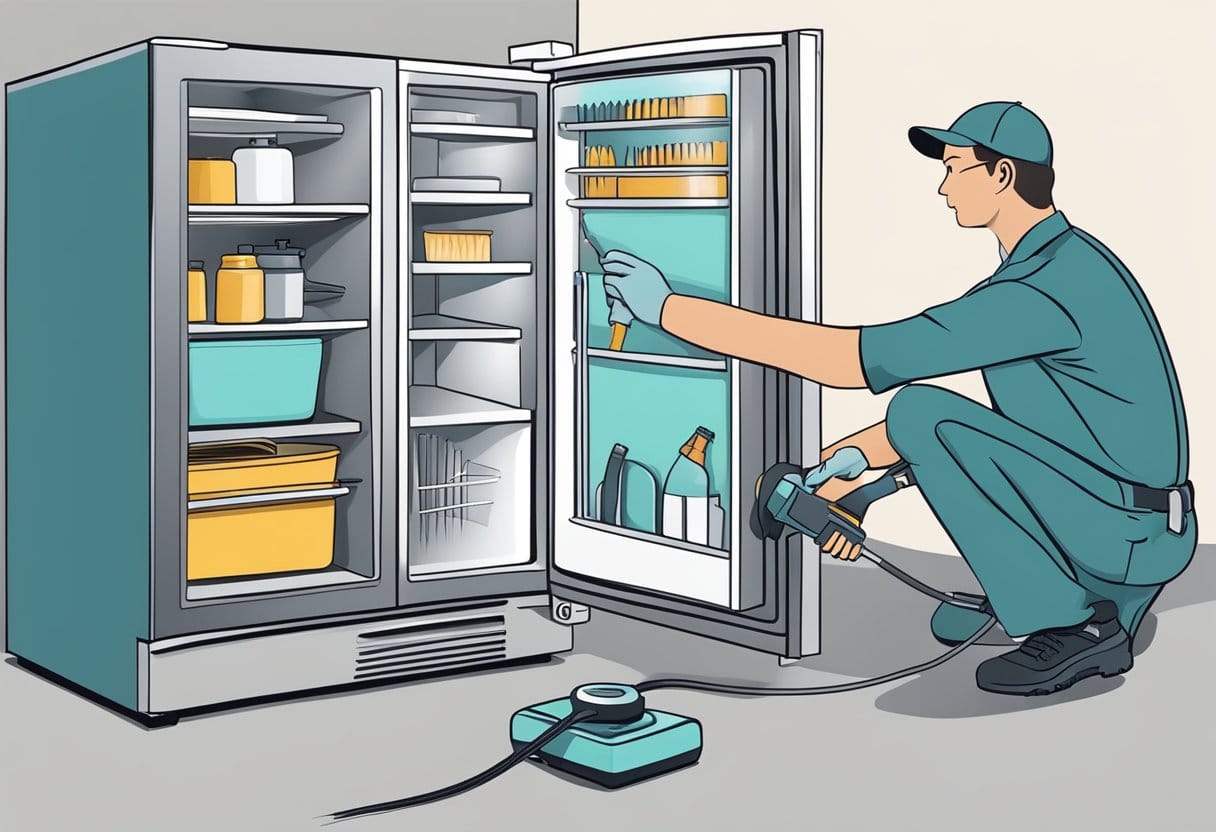Proper kitchen ventilation is crucial for maintaining indoor air quality, especially in spaces where cooking occurs frequently. Regular servicing of kitchen ventilation systems significantly improves air quality by effectively removing pollutants and moisture generated during cooking. By ensuring that your ventilation system operates efficiently, you can prevent the buildup of harmful contaminants, which can have detrimental effects on your health and safety.
Neglecting kitchen ventilation can lead to poor air quality, causing respiratory issues and lingering odors. When a ventilation system is properly serviced, it enhances airflow and reduces the concentration of indoor air pollutants, creating a fresher and healthier cooking environment. This proactive approach not only benefits your health but also extends the lifespan of your kitchen appliances.
Investing in kitchen ventilation servicing is a wise choice for any homeowner. By focusing on preventive maintenance, you can ensure that your ventilation system continues to function optimally, safeguarding your home from potential air quality issues while enhancing your overall cooking experience.
Understanding Kitchen Ventilation
Kitchen ventilation is essential for maintaining indoor air quality and ensuring a safe cooking environment. It involves various components and techniques, including both natural and mechanical systems. Understanding these elements is critical to making informed choices about your kitchen ventilation.
Components of Kitchen Ventilation Systems
A well-functioning kitchen ventilation system consists of several key components. The ventilation hood captures smoke, steam, and odors produced during cooking. It is often equipped with filters to reduce grease and particulates.
Ducts direct the contaminated air outside or to a filtration system. High-quality ducts minimize air leaks, ensuring efficient airflow.
Fans play a crucial role in moving air. They can be found in both natural and mechanical systems. Depending on your setup, you might also have additional features like makeup air units that bring in fresh air to maintain pressure balance. Regular servicing of these components is vital to ensure they operate efficiently and effectively.
Comparing Natural and Mechanical Ventilation
Natural ventilation relies on passive air movement through windows, doors, and vents. It can be effective in moderate climates but may not sufficiently remove cooking pollutants. This type of system depends heavily on outdoor conditions and may lead to inconsistent indoor air quality.
Mechanical ventilation uses fans and ductwork to actively remove pollutants. It is generally more reliable for maintaining air quality in kitchens, especially those that generate a lot of smoke or odors. A properly designed mechanical system can provide continuous airflow and is often equipped with filters to enhance air quality.
Each system has its benefits and limitations, and your choice should reflect your cooking habits, kitchen layout, and climate conditions.
Effects of Cooking on Indoor Air Quality
Cooking can significantly impact indoor air quality due to the release of various pollutants. These pollutants may include particulate matter and gases that can affect your health. Understanding these effects can help you make informed decisions about your kitchen environment.
Cooking Pollutants and Particulate Matter
When you cook, especially with gas or oil, your kitchen can become filled with pollutants. Common cooking pollutants include nitrogen dioxide and carbon monoxide, both of which can affect respiratory health.
Particulate matter (PM) is another significant concern. PM consists of tiny particles that can penetrate the lungs and even enter the bloodstream. Studies indicate that these pollutants can exceed outdoor air quality standards, making effective mitigation essential.
Proper kitchen ventilation can help reduce these harmful emissions. Without adequate airflow, the concentration of indoor pollutants can increase, leading to potential health risks.
The Role of Range Hoods in Air Quality
Range hoods play a crucial role in improving indoor air quality during cooking. A properly installed and functioning range hood can effectively capture and expel smoke, steam, and cooking fumes.
When using a vented range hood, make sure it is powerful enough to handle the cooking activity. Many range hoods are designed to remove pollutants right at the source, significantly lowering indoor air pollution levels.
Regular maintenance of your range hood is vital for optimal performance. Clean filters and ensure the exhaust system is free from obstructions to maximize air quality benefits. Investing in quality ventilation not only improves health but can also enhance the overall comfort of your home environment.
Maintenance and Servicing of Ventilation Systems
Proper maintenance of your ventilation system is crucial for ensuring optimal air quality in your kitchen. Regular servicing helps prevent issues that can compromise efficiency and health.
Regular Maintenance for Optimal Performance
Conducting regular maintenance on your ventilation system is essential for its longevity and efficiency. Schedule service intervals at least twice a year to keep the system running smoothly. During these visits, filters should be inspected and replaced if necessary. Clogged filters can significantly reduce airflow and lead to poor air quality.
Furthermore, cleaning ducts and hoods removes grease buildup, which can be a fire hazard. Maintain electrical components and check for signs of wear or damage. By proactively addressing these areas, you can extend the lifespan of your system and minimize costly repairs.
Identifying Common Issues in Ventilation Equipment
Recognizing common issues early can save you time and resources. One frequent problem is insufficient airflow, often caused by obstructed ducts or dirty filters. If you notice unusual noises or odors, this may indicate mechanical issues or buildup in the system.
Frequent hotspots in your kitchen may signal a malfunctioning exhaust system. Regular checks will allow you to spot and resolve these problems before they escalate. Prompt servicing not only enhances air quality but also ensures compliance with health regulations, making your kitchen safer for staff and customers.
Improving Health and Safety
Proper kitchen ventilation servicing plays a critical role in maintaining a safe and healthy cooking environment. It mitigates exposure to harmful contaminants and reduces the risk of fire hazards, ensuring that your kitchen remains a secure space for both cooking and dining.
Reducing Exposure to Hazardous Contaminants
Effective ventilation systems are essential for reducing exposure to hazardous indoor pollutants such as volatile organic compounds (VOCs), radon, and carbon monoxide. When cooking, these contaminants can accumulate, impacting indoor air quality (IAQ) and potentially causing health problems.
A well-designed ventilation system captures and removes these pollutants, replacing them with fresh air. Regular servicing of these systems ensures that filters are clean and functioning correctly. This helps minimize the risk of respiratory issues and allergies, contributing to a healthier kitchen atmosphere.
To enhance your kitchen’s air quality, consider installing high-efficiency range hoods. These devices not only clear the air but also improve the overall comfort of the cooking environment.
Preventing Fire Hazards and Grease Buildup
Fire hazards in kitchens often arise from grease buildup, which can occur in ducts and vents if not properly maintained. Grease particles from cooking can accumulate over time, creating a flammable layer in ventilation systems.
Regular cleaning and maintenance of these systems significantly reduce this risk. A proper kitchen ventilation service program includes inspection and cleaning of exhaust systems to prevent grease accumulation. This protects not only your kitchen but also the safety of your entire home.
Installing an automatic fire suppression system can further enhance safety. These systems are designed to detect heat and suppress fires before they can escalate, ensuring a safer cooking environment. Prioritizing ventilation maintenance will help you create a safer and healthier kitchen space.
Energy Efficiency and Cost Considerations
Effective kitchen ventilation systems can significantly enhance energy efficiency while reducing operating costs. Understanding the relationship between ventilation and energy consumption, as well as evaluating the cost-benefits of efficient systems, can lead to substantial savings and improved indoor air quality.
Impact of Ventilation on Energy Consumption
Proper kitchen ventilation directly influences energy consumption. An efficient system circulates air and minimizes the workload on HVAC systems. By removing heat and humidity produced during cooking, you can maintain a comfortable temperature without overworking your air conditioning.
Consider the following benefits:
- Reduced Energy Costs: Lower energy bills due to decreased reliance on cooling systems.
- Less Greenhouse Gas Emissions: Efficient ventilation leads to a smaller carbon footprint.
- Optimized Performance: HVAC systems operate more effectively when not burdened by excessive heat.
Keeping your ventilation system well-maintained ensures it operates at peak efficiency, contributing to overall energy savings.
Cost-benefits of Efficient Kitchen Ventilation
Investing in high-quality kitchen ventilation may seem costly upfront, but the long-term savings are noteworthy. Energy-efficient systems not only lower your monthly utility bills but also reduce maintenance costs.
Key advantages include:
- Lower Operating Expenses: Better energy performance leads to reduced energy costs.
- Increased System Longevity: Regular maintenance can extend the lifespan of your ventilation and HVAC systems.
- Improved Health: Higher air quality reduces the potential for health issues, which can lead to less incurred medical costs.
By prioritizing efficient ventilation, you not only enhance comfort but also invest in a sustainable solution that pays off over time.
Frequently Asked Questions
Maintaining your kitchen ventilation system is essential for ensuring clean and healthy air in your home. Addressing specific concerns can help you understand how regular servicing impacts air quality and the benefits of a well-functioning system.
What are the benefits of regular maintenance on kitchen ventilation systems for indoor air quality?
Regular maintenance of your kitchen ventilation system can significantly enhance indoor air quality. It ensures that all components are functioning efficiently, removing grease, smoke, and odors that can accumulate over time. This leads to healthier air for you and your family.
In what ways does a well-serviced kitchen ventilation system contribute to air purity?
A well-serviced kitchen ventilation system effectively captures airborne pollutants during cooking. By eliminating these contaminants, it prevents them from circulating throughout your home, maintaining a cleaner and more breathable environment.
How does a kitchen exhaust system reduce pollutants in the air?
A kitchen exhaust system works by drawing in air from the kitchen and filtering it. It expels harmful pollutants outside, greatly reducing their concentration indoors. This process is crucial during cooking, where smoke and particles can quickly accumulate.
Why is it important to service kitchen ventilation systems for maintaining a healthy indoor environment?
Servicing your kitchen ventilation system is vital to prevent the buildup of grease and other contaminants. Without regular cleaning, these can lead to health risks and poor air quality. Proper maintenance supports a fresher environment.
What improvements to air quality can be expected after professional kitchen ventilation cleaning?
After professional cleaning, you can expect noticeable improvements in air quality. The removal of built-up grease and debris allows for better airflow, resulting in fewer odors and a reduction in airborne pollutants that can affect your health.
How does cleaning and servicing of HVAC systems impact kitchen air quality?
Cleaning and servicing HVAC systems help eliminate dust, allergens, and other pollutants that can affect kitchen air quality. When air circulates freely through clean ducts, it enhances overall ventilation and reduces the risk of contamination from stagnant air.


